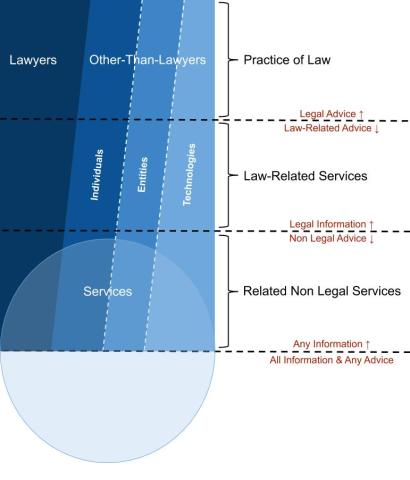Access to justice is a cornerstone of the democratic ethos of the United States, embodying the principle that legal remedies should be equally available to all, regardless of wealth, status, or power. This critical analysis explores the multifaceted aspects of access to justice in the U.S., including the barriers faced by many and the strides taken to overcome these hurdles.
Historical Context and Constitutional Foundations
The U.S. Constitution, through amendments and interpretations, has laid a framework intended to guarantee equal access to justice. The 14th Amendment, with its Equal Protection Clause, mandates that no state shall deny any person within its jurisdiction the equal protection of the laws. Despite this, the realization of true access to justice has been an ongoing struggle, reflecting broader societal inequities.
Current State of Access to Justice
Economic Barriers
Economic disparity remains one of the most significant obstacles to accessing justice. Legal representation can be prohibitively expensive, placing a substantial burden on low-income individuals. The American Bar Association (ABA) reports that a significant number of Americans forego legal assistance due to cost concerns. This economic barrier often leads to unrepresented litigants in civil cases, where there is no guaranteed right to counsel, unlike in criminal cases as established by the landmark decision in Gideon v. Wainwright (1963).
Legal Aid and Pro Bono Services
To address these economic challenges, the U.S. has seen the development of legal aid societies and pro bono services provided by attorneys. Organizations like the Legal Services Corporation (LSC), funded by federal appropriations, aim to support low-income individuals in civil matters. Despite these efforts, funding is often insufficient to meet demand, and many who need legal assistance remain underserved.
Technological and Systemic Innovations
Technological advancements have the potential to bridge the gap in access to justice. Online legal services, self-help legal websites, and virtual court proceedings have made legal assistance more accessible and less costly. However, this digital divide can also exacerbate inequalities for those without internet access or technological literacy.
Systemic reforms, such as the simplification of legal processes and the expansion of alternative dispute resolution mechanisms, offer potential pathways to reduce barriers to access. Initiatives to decriminalize certain behaviors and reduce the reliance on fines and fees have also been recognized as steps toward a more equitable legal system.
Racial and Social Disparities
Racial and social disparities further complicate access to justice. Studies have shown that minority and marginalized communities face systemic biases within the legal system, affecting everything from the likelihood of being stopped by police to sentencing outcomes. Efforts to address these disparities include diversity and bias training for legal professionals, reform of sentencing guidelines, and community policing initiatives.
International Comparisons
Comparatively, the U.S. faces unique challenges in access to justice, particularly given its adversarial legal system and the high cost of legal education and services. Countries with legal aid systems funded by the government, such as those in Scandinavia, often provide more comprehensive coverage for their citizens. These comparisons highlight the potential for policy reforms aimed at improving access within the U.S.
Future Directions
The future of access to justice in the U.S. hinges on a balanced approach that addresses both the immediate needs of those seeking legal assistance and the systemic reforms required to ensure long-term equity. Recommendations for improving access to justice include:
- Increased Funding for Legal Aid: Substantially increasing the funding for legal aid organizations to expand their capacity to serve low-income populations.
- Legal Education Reform: Reducing the cost of legal education and promoting public interest law careers can increase the number of lawyers working in underserved areas.
- Policy Reforms: Implementing policy changes to reduce the complexity of legal processes and increase the availability of alternative dispute resolution options.
- Technology Integration: Leveraging technology to make legal resources more accessible and to streamline court processes, while also addressing the digital divide.
- Addressing Systemic Inequities: Continued focus on reducing racial and social disparities within the legal system through comprehensive reforms and community engagement.
Access to justice in the United States is a complex issue influenced by economic, social, and systemic factors. While significant challenges remain, there is a growing recognition of the importance of equitable access to legal services and the role it plays in upholding democratic values. Through a combination of policy reforms, technological innovations, and a commitment to addressing systemic inequities, strides can be made toward realizing the ideal of justice for all. As this issue continues to evolve, it will require the concerted effort of all segments of society—legal professionals, policymakers, and the public—to ensure that access to justice is not a privilege but a right universally upheld.




